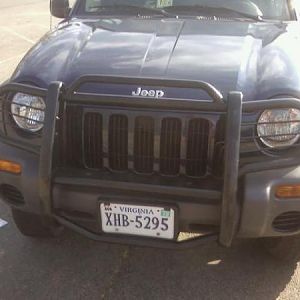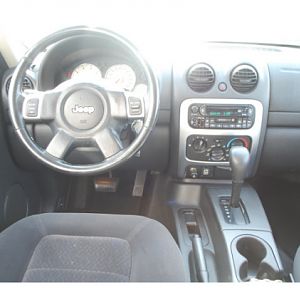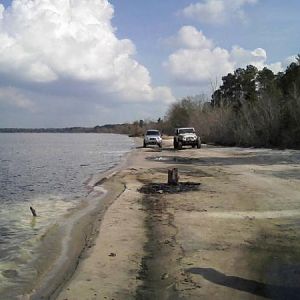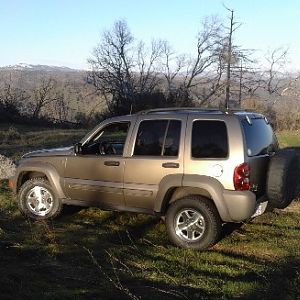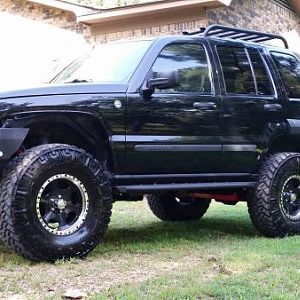Spectre
New Member
Sorry this post got away from me and became pretty long.. 
02 KJ. 2wd with the 6 cyl motor
I'm not familar with the jeeps yet.. (This is my moms car) Anyhow..
She keeps getting p0455 and p0442 codes.. Evap leak and Evap Gross leak detected..
Replaced the gas cap.. No good. Finally crawed under it.
Next to the gas tank is a sqaure box with hoses going to it.. (I'm guessing it's the charcoal canasiter) Well the rubber line that went to the middle was split and hanging off of it. I went to reaplce it but the dealer wants $54 for a little rubber hose that's only 4-5 inches long.. (banghead) I bought a generic rubber hose to reaplce it but of course the side on the canister is larger so it wouldn't fit. I ended up taping it up real good with electrical tape and put it back on for now to see if it would fix the issue
Well the CEL came back on and the same 2 codes came back. So either my shotty ghetto fix didn't work or there's another leak somewhere else..
Is there known issues with specific parts of the EVAP systems that are known to fail?
Under the hood there's a green cap on the lines.. Which I believe is a service port to test the system.. Is there a home mechanic way of testing it that someone can enlighten me on? Or am I going to have to pay the stupid $80 for a shop to do a "smoke" test.
Stupid thing needs to be smogged in 2 weeks.
02 KJ. 2wd with the 6 cyl motor
I'm not familar with the jeeps yet.. (This is my moms car) Anyhow..
She keeps getting p0455 and p0442 codes.. Evap leak and Evap Gross leak detected..
Replaced the gas cap.. No good. Finally crawed under it.
Next to the gas tank is a sqaure box with hoses going to it.. (I'm guessing it's the charcoal canasiter) Well the rubber line that went to the middle was split and hanging off of it. I went to reaplce it but the dealer wants $54 for a little rubber hose that's only 4-5 inches long.. (banghead) I bought a generic rubber hose to reaplce it but of course the side on the canister is larger so it wouldn't fit. I ended up taping it up real good with electrical tape and put it back on for now to see if it would fix the issue
Well the CEL came back on and the same 2 codes came back. So either my shotty ghetto fix didn't work or there's another leak somewhere else..
Is there known issues with specific parts of the EVAP systems that are known to fail?
Under the hood there's a green cap on the lines.. Which I believe is a service port to test the system.. Is there a home mechanic way of testing it that someone can enlighten me on? Or am I going to have to pay the stupid $80 for a shop to do a "smoke" test.
Stupid thing needs to be smogged in 2 weeks.


